This pandemic has drastically disrupted organizations, but has also accelerated innovative trends.
My hopes are to educate the potential users of these technologies so that they may be able to use either VR or AR in future scenarios more beneficially.
In this article, we will be taking a look at immersive training and how virtual or augmented reality learning can be done in a safe and measurable way to improve employee performance on the job and in the field.
Augmented Reality Training in a Post-COVID World
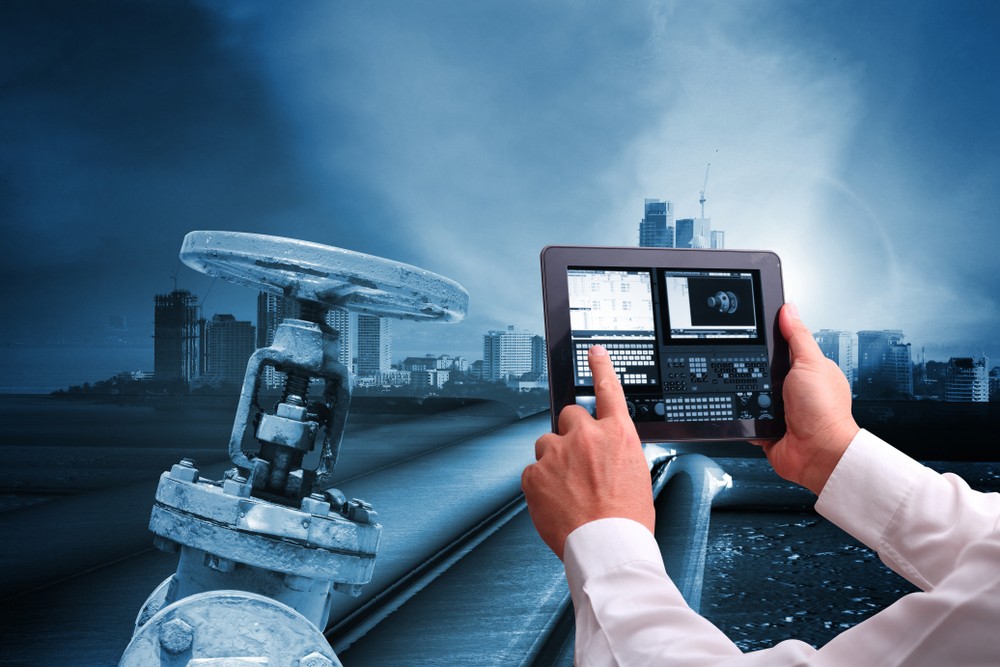
Hands-Free Remote Mentor
With the closure of so many businesses during the past several months we have seen an influx of people working remotely or working from home. One of the leaders that have emerged using augmented reality training for remote workers has been RealWear.
They offer a hands-free collaboration tool that allows front line workers using a RealWear HMT-1 headset the ability to connect remotely to an expert for guided training and support.
The RealWear HMT-1 works so well because it’s equipped with a high-resolution HD camera, powerful audio with noise cancellation and wifi capabilities to allow workers in the field to get assistance from technicians or mentors remotely. This works via a two-way video call that gives the remote mentor the ability to see and hear from the worker’s point of view.
Example of Remote Mentor in Use with Microsoft Teams:
So why is this important in a post COVID world?
Firstly we have seen travel restrictions put in place in countries all over the world. Flying an expert to a job site is now no longer possible in many cases with these restrictions in place. Not only that, but there are time and money wasted in order to get that technician on the job. The RealWear device will allow for improved services levels, faster, as well as reducing costs on the downline.
Another reason is that in the post COVID era, we may not be able to have face to face training scenarios or classroom training readily available. This is a way to provide a remote expert that can train workers anywhere in the world without the need to be in person.
For a full list of specialist use cases that are already being used today, you can check out the RealWear Remote Mentor Industrial Use Cases here.
And here is a full YouTube playlist of Remote Mentor usage from live in the field.
Virtual Reality Training in a Post-COVID World
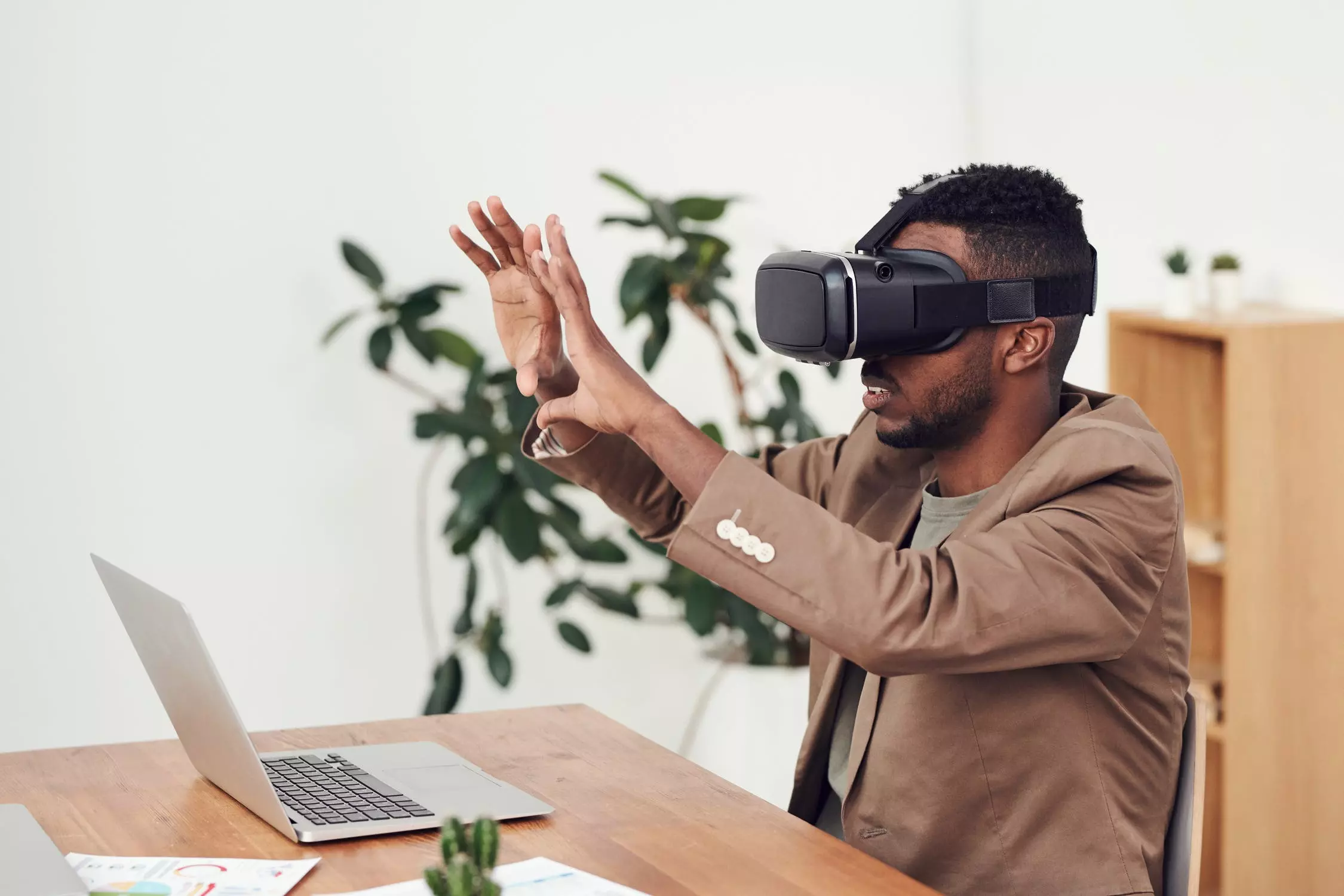
Custom VR Application Development
The other side of the coin with immersive technology is virtual reality training simulations, which involve full-scale training scenarios that have been developed for simulating high-risk environments in a unique and safe way.
With VR training we are able to optimize learning outcomes and workflows while also being able to train more people faster and in a safer environment. This leads to cut costs and reduced travel expenses as companies typically would have to fly key employees to a training dojo which could be across or even outside the country.
An example from a recent case study we have completed was with Avangrid Renewables where we developed a full winds turbine maintenance training simulation that allows technicians to perform virtual maintenance before traveling to conduct the same on-site variation.
Example Video Below:
Here is the link to full case study.
Overall using virtual reality for these types of training allows enterprises to eliminate risk by producing a zero harm environment that will not only reduce on the job mistakes but also minimize injury and accidents as well.
The VR simulations will also allow for increased learning efficacy as the trainee will be able to learn faster through replayable exposure and provide for recorded sessions for post-training analysis. With immersive 1 to 1 environments, the trainee will feel as if they are in the field and be better prepared for the live-work as they will be familiar with the setting from the virtual scenario.
Another key benefit to custom VR developed scenarios is the ability to have post-training assessments and learning by identifying mistakes that were made during the simulation. This allows business leaders to see on scale where there are deficiencies if any, and monitor and collect data on them to optimize learning outcomes and prevent future mistakes that may be costly or harmful.
Is your company adapting to the changing global landscape?
If you want more information or to learn about how to best adapt these technologies within your organization, please reach out to us here at VR Vision and we’d be more than happy to guide you in the right direction. Stay safe and stay innovative!
For more information about immersive learning, you can also check out our whitepaper Lessons Learned Developing Custom VR/AR Solutions for Enterprise Training here.

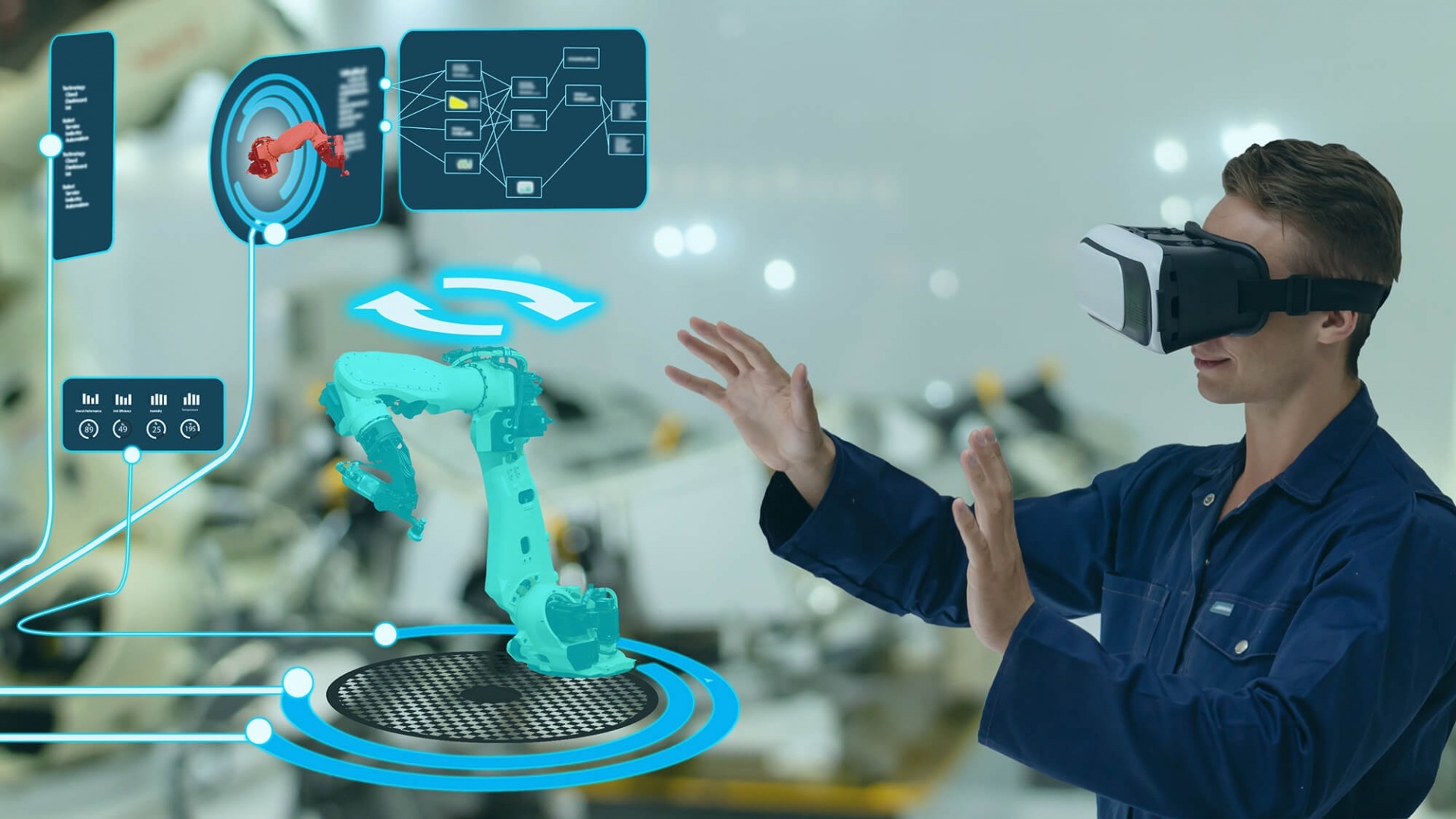
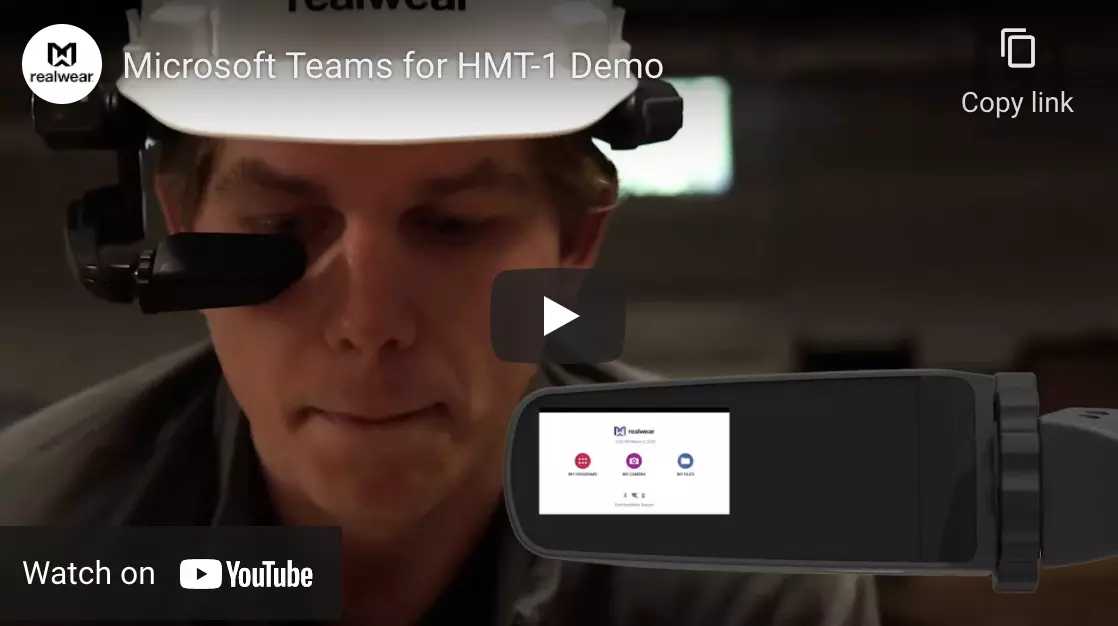
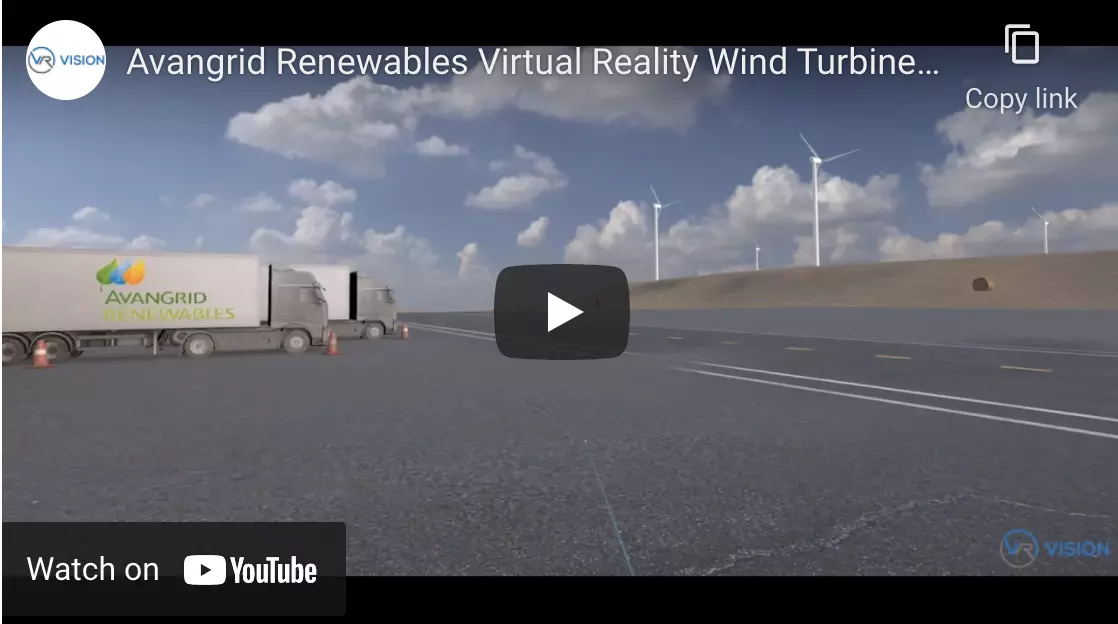

Leave your comments
Post comment as a guest